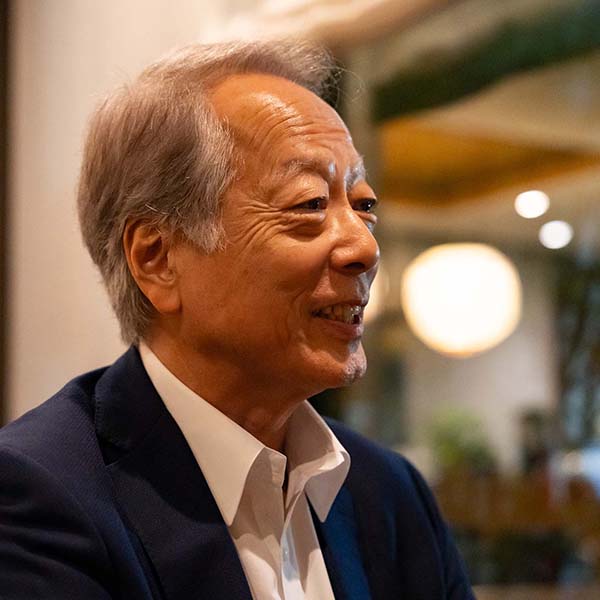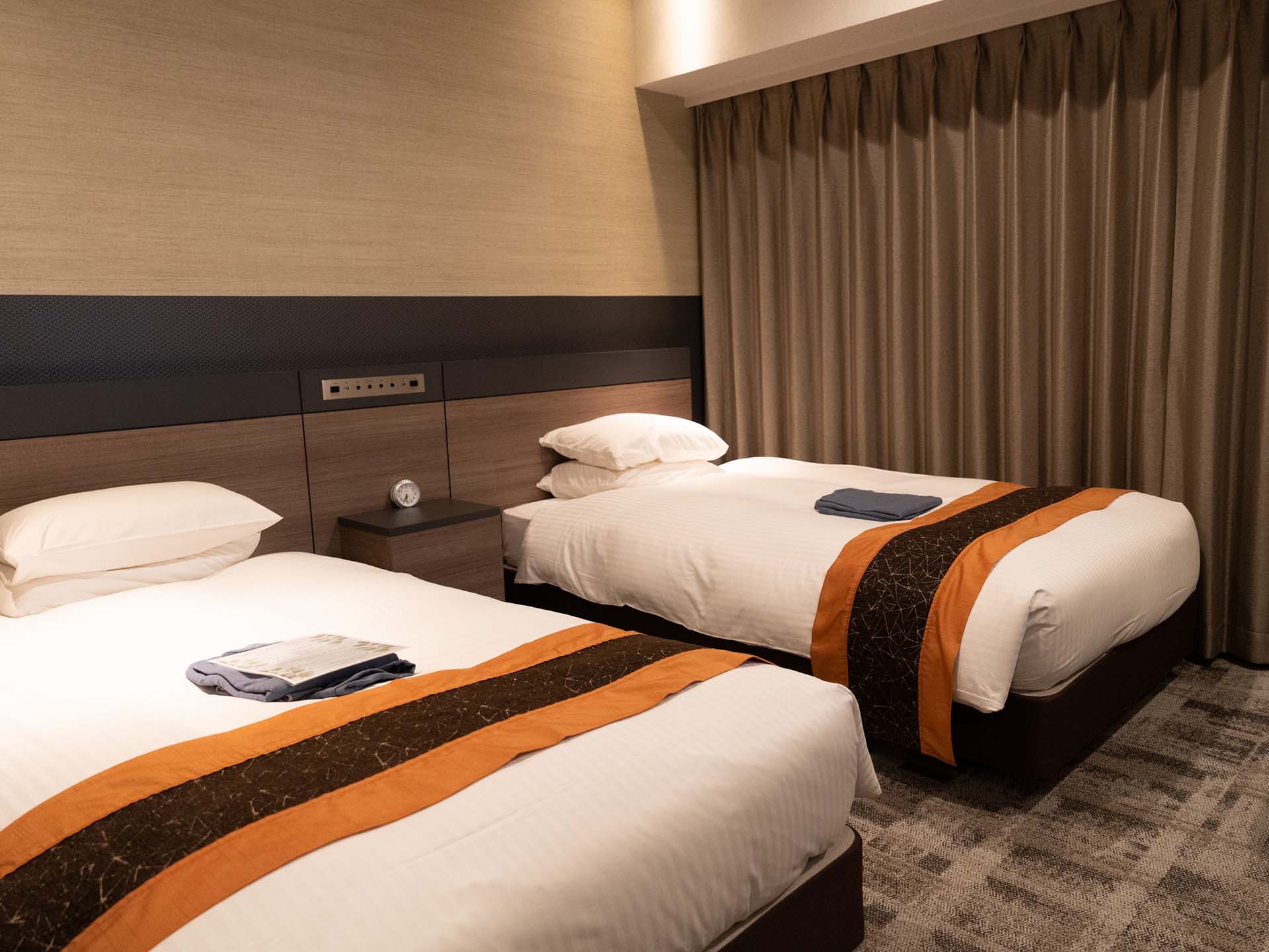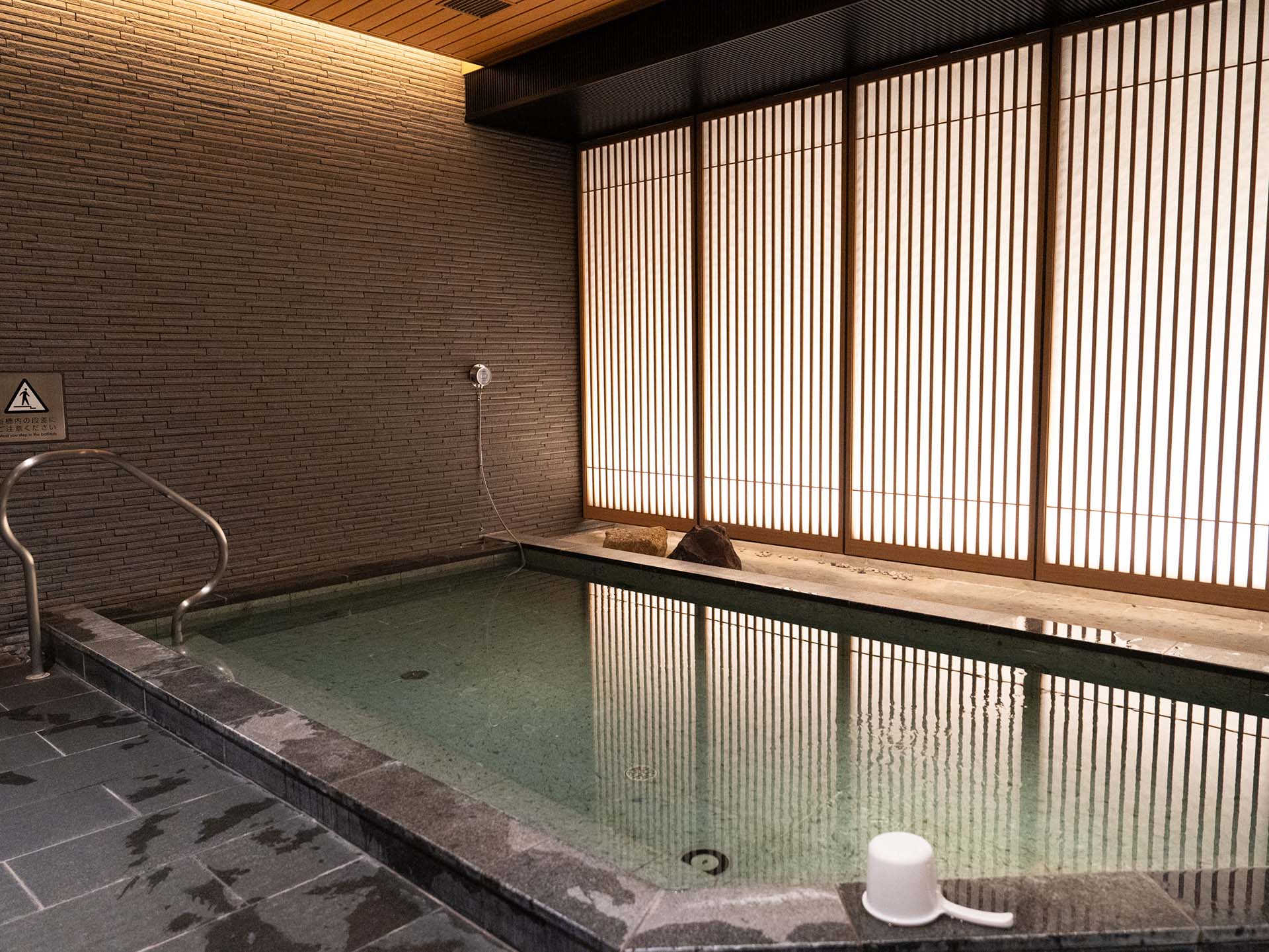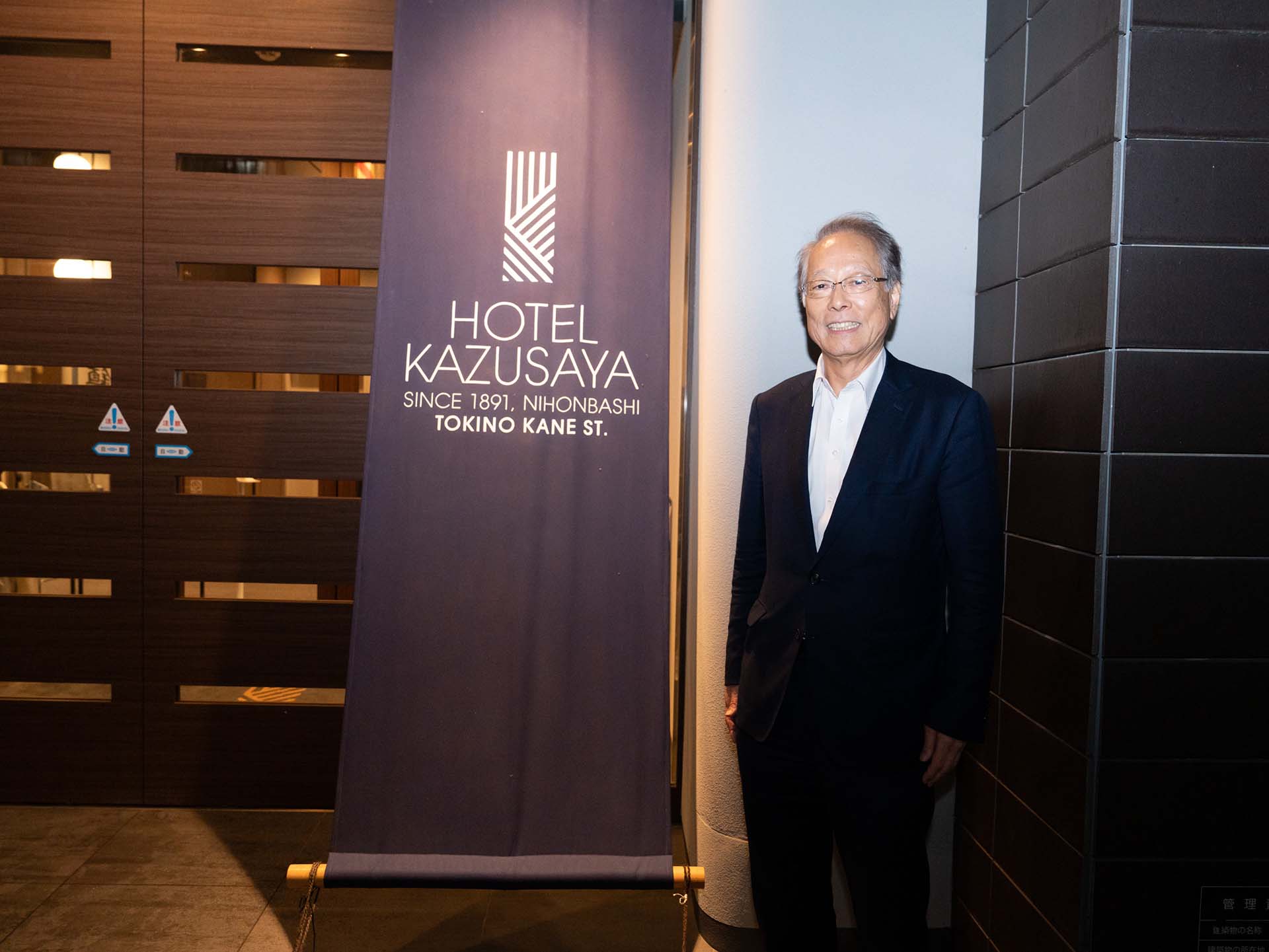The Best Spots in Chūō Ward, Tokyo,According to an Expert
Hotel Kazusaya
Founded in 1891, this long-established hotel in Nihonbashi reopened in 2020, offering a blend of traditional Japanese and modern features. It boasts a large bathhouse with a Japanese-modern style and rooms designed to evoke the essence of Edo through colors.
- web site
- https://www.h-kazusaya.co.jp/
- address
- 4-7-15 Nihonbashi Honcho, Chuo-ku
- telephone number
- 03-3241-1045
Tokiwabashi Park
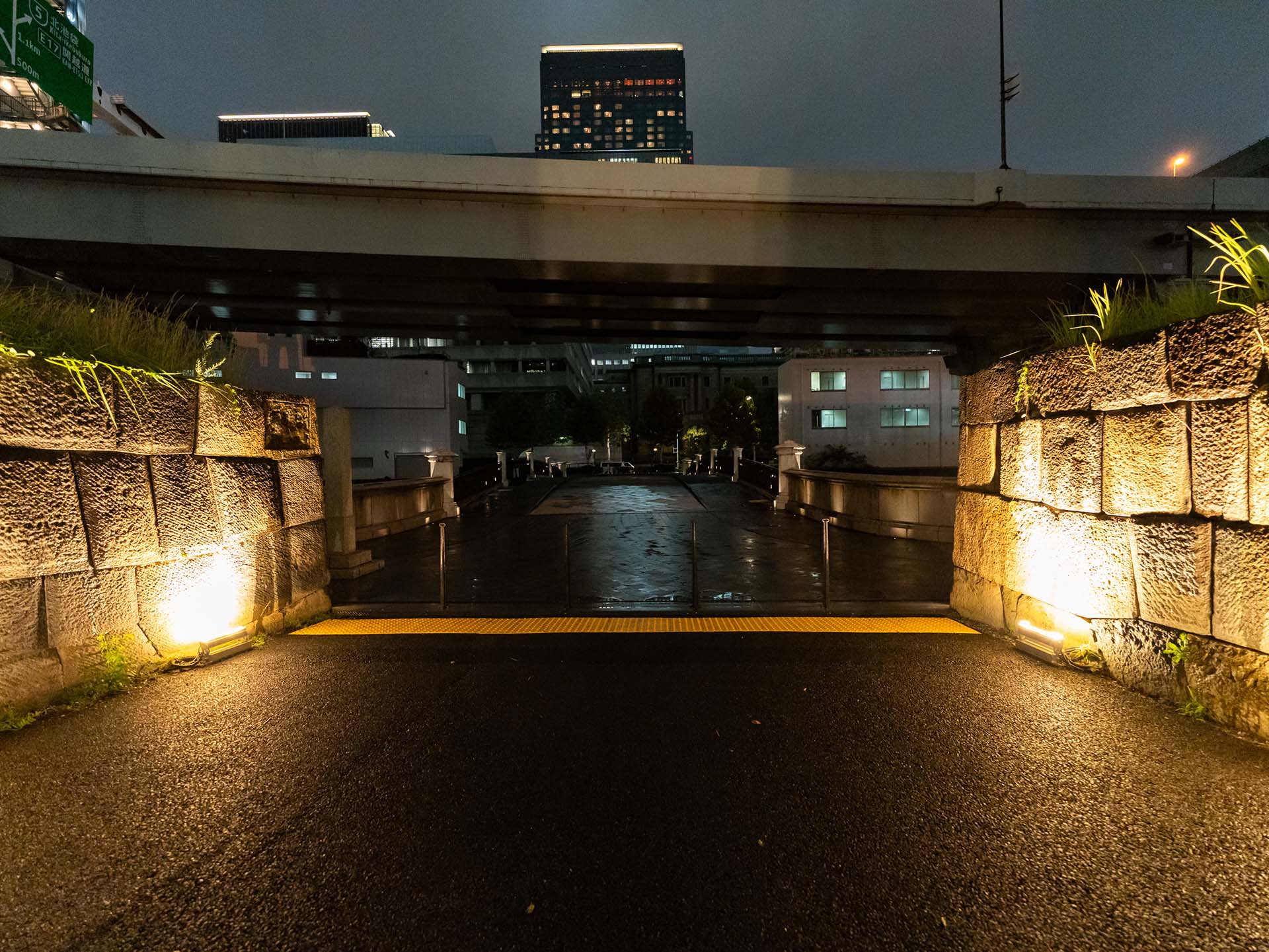
I graduated from Chuo Ward Tokiwa Elementary School. The school was named after the Tokiwabashi Gomon Gate, which is said to be the bridge connecting Edo Castle and the Edo Castle Town, and is the only gate still standing in the outer moat. I heard that the predecessor to the school was a Terakoya (temple school) in the Edo period, so it is one of the oldest schools in Chuo Ward. Tokiwabashi Park was my playground when I was in elementary school. We called the park Shibusawa Park because there was a bronze statue of Eiichi Shibusawa, who is on the new 10,000 yen bill, in the park. At the time, I had no idea what kind of person Shibusawa was, but that is why I want to stand in front of this statue now and praise his great achievements, who lived from the end of the Edo period to the Meiji, Taisho, and Showa periods and built the foundation of the Japanese economy.

Tokugawa Ieyasu, who established the Edo Shogunate, established the Kinza, Ginza and Senza as minting institutions for currency. The Kinza, in particular, minted gold coins and issued currency, playing a role equivalent to that of today’s central banks. Edo Honmachi 1-chome, where the Kinza was located, is now Nihonbashi Honjocho, Chuo Ward. In other words, the current Bank of Japan head office was built on the site of the Kinza from the Edo period. Shibusawa Eiichi came to Edo with a burning desire to expel foreigners, but he later served Hitotsubashi Yoshinobu, who became the 15th Shogun. In the early Meiji period, he supported the development of Japan’s financial world, including managing the First National Bank. In other words, it was fitting that his statue was erected in a place close to the Tokiwabashi Gomon Gate, which protected Edo Castle, and the Bank of Japan.
Let me change the subject here. The street in front of my hotel, Hotel Kazusaya, in Nihonbashi Honcho, is called Toki no Kane Dori (Time Bell Street). This is because there was a Toki no Kane (Time Bell) on this street during the Edo period that told the time. The Toki no Kane is currently located in Jisshi Park, at the end of Toki no Kane Dori. This park was built on the site of the Kodenmacho prison, and is also the place where Yoshida Shoin, a thinker from the end of the Edo period, passed away. Also on this street was the residence of haiku poet Hayano Hajin, called Yahantei, where the young Yosa Buson is said to have lived and studied haiku. In addition, the Netherlands, which was allowed to travel and trade in Japan in place of Portugal, built a Dutch trading post in Hirado, Nagasaki (later moved to Dejima). The head of the Dutch trading post stayed at the pharmacist wholesaler Nagasakiya on this street when he made regular visits to Edo. During the late Edo period, when Siebold, who became a physician for the Dutch trading post, visited Edo, it is said that Dutch scholars such as Hiraga Gennai, Sugita Genpaku, and Aoki Konyo visited Nagasakiya.


Just looking at Tokiwabashi Park, as mentioned earlier, and Toki no Kane Street in front of the hotel, is packed with Edo history. As a hotel that has been operating in Nihonbashi for many years, we wanted to do something to make the hotel feel like Nihonbashi when we reopened in 2020. The foyer on the second floor of the building will be the Toki no Kane Museum, which will introduce the history of Nihonbashi, and the guest rooms will have a tone that evokes Edo, combining browns and grays, inspired by the Shiju Hatcha Hyaku Nezumi (48 Teas, 100 Mice), which is said to have been invented by Edo merchants.
Tokiwabashi Park
- address
- 4-4-3 Nihonbashi Hon'ishimach, Chuo-ku


